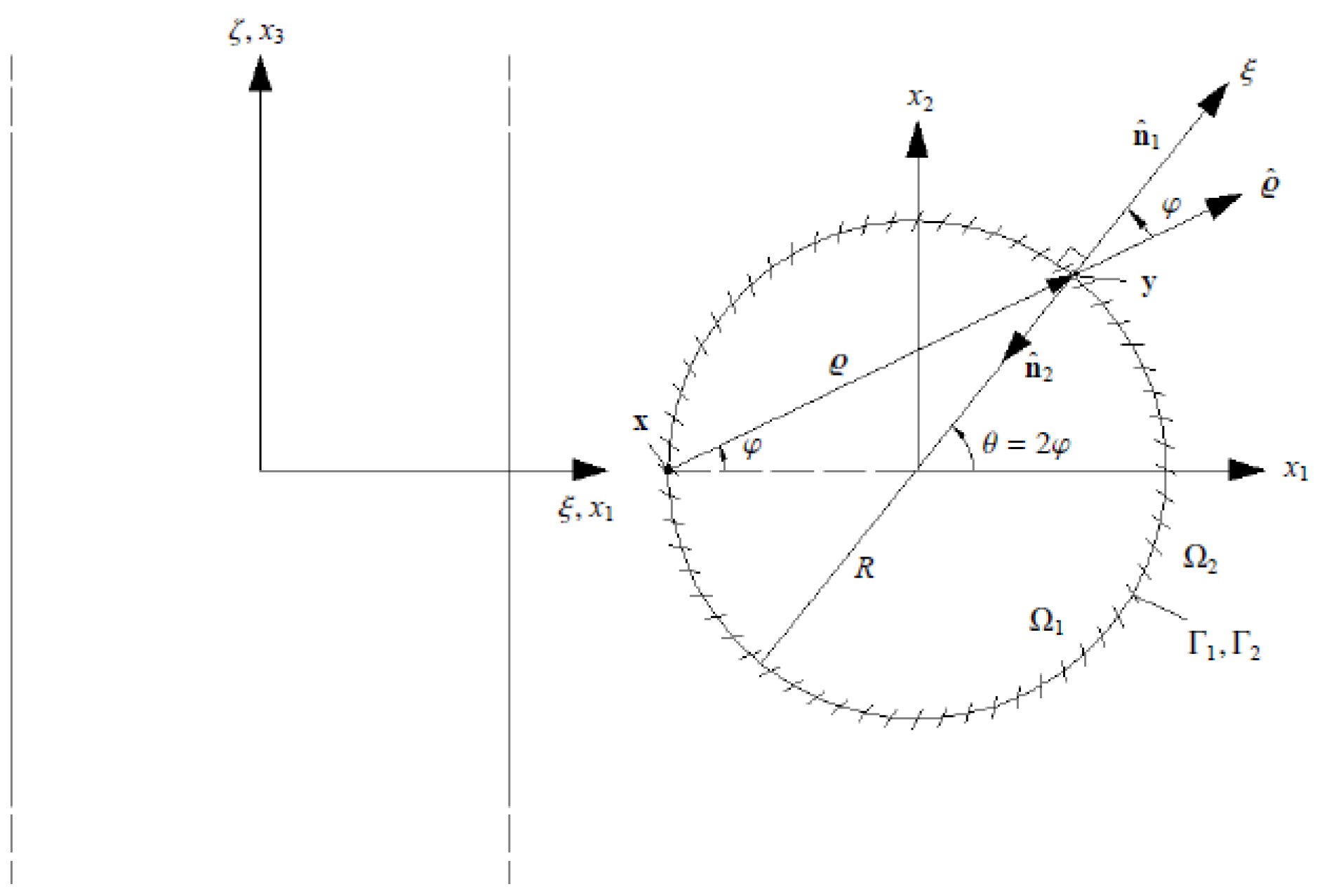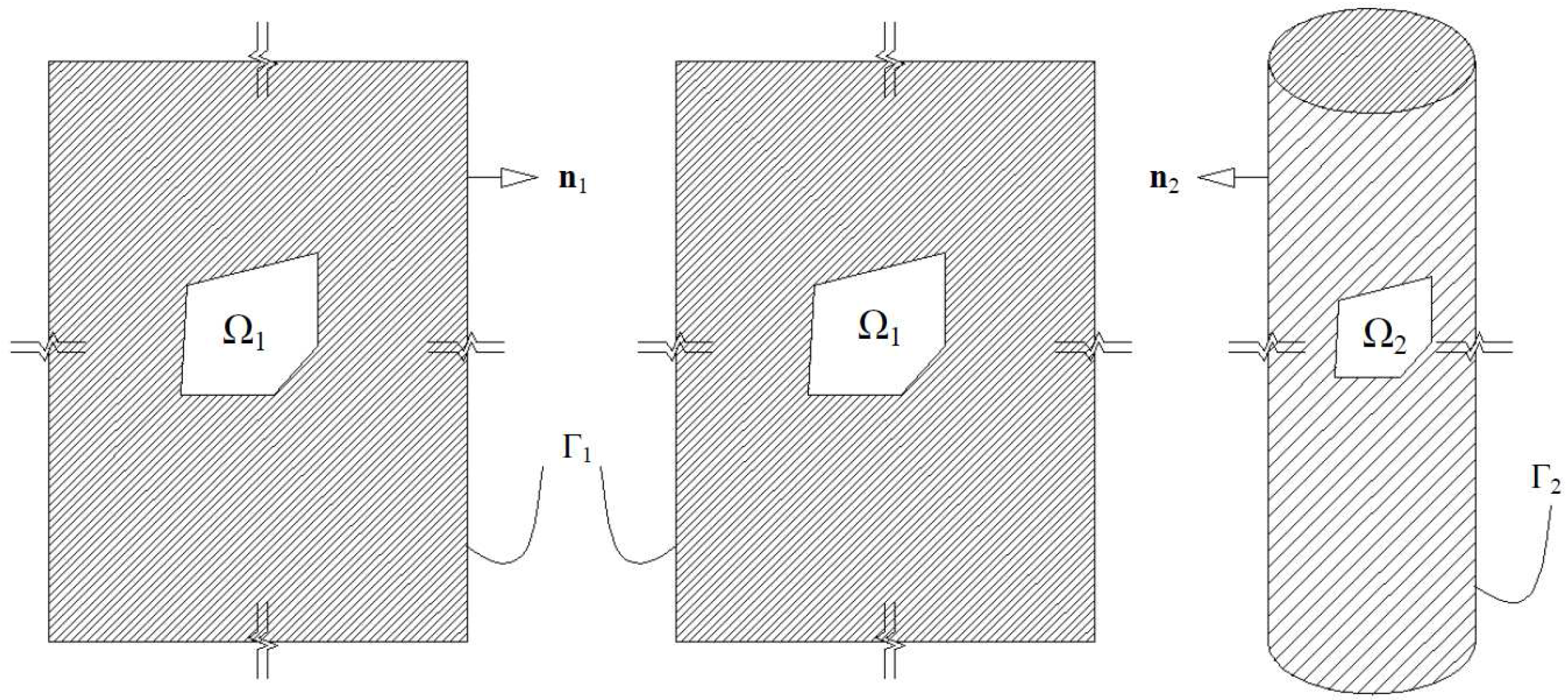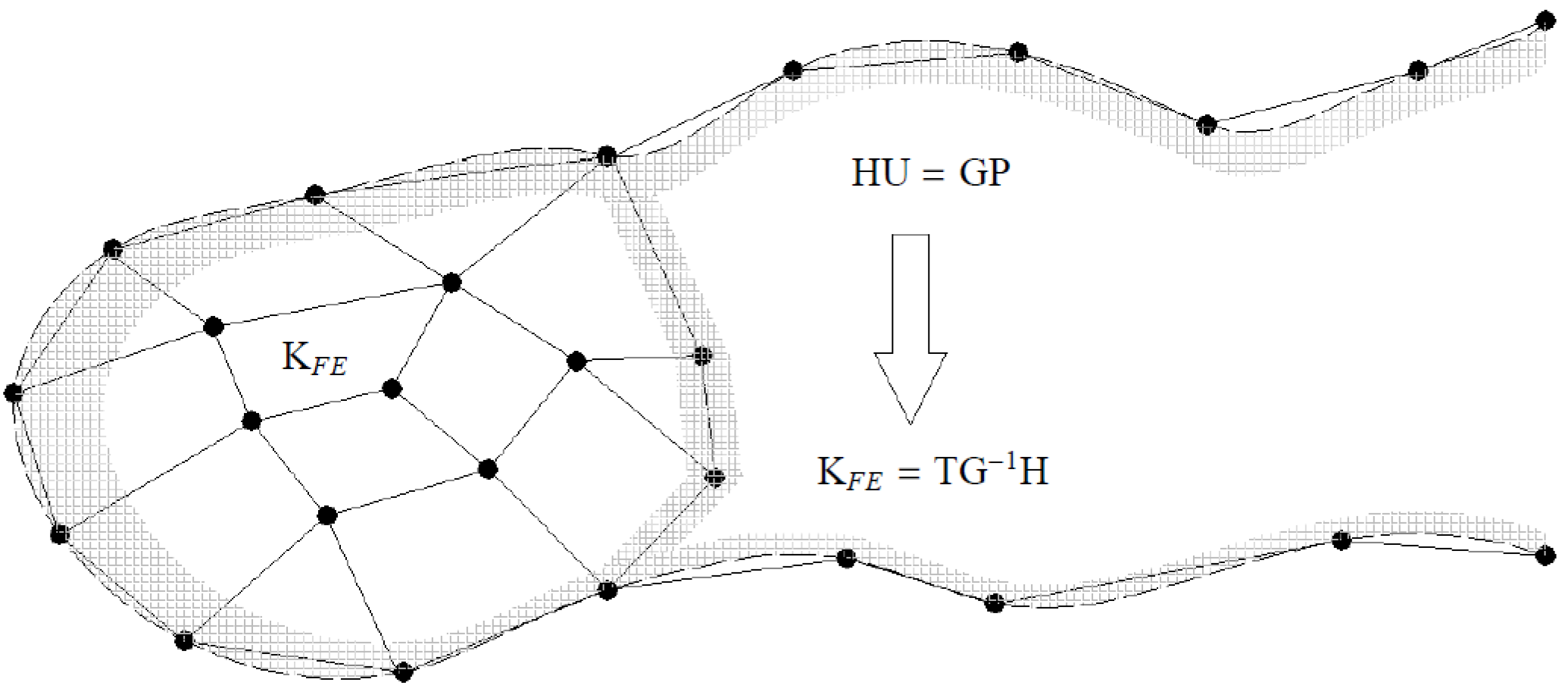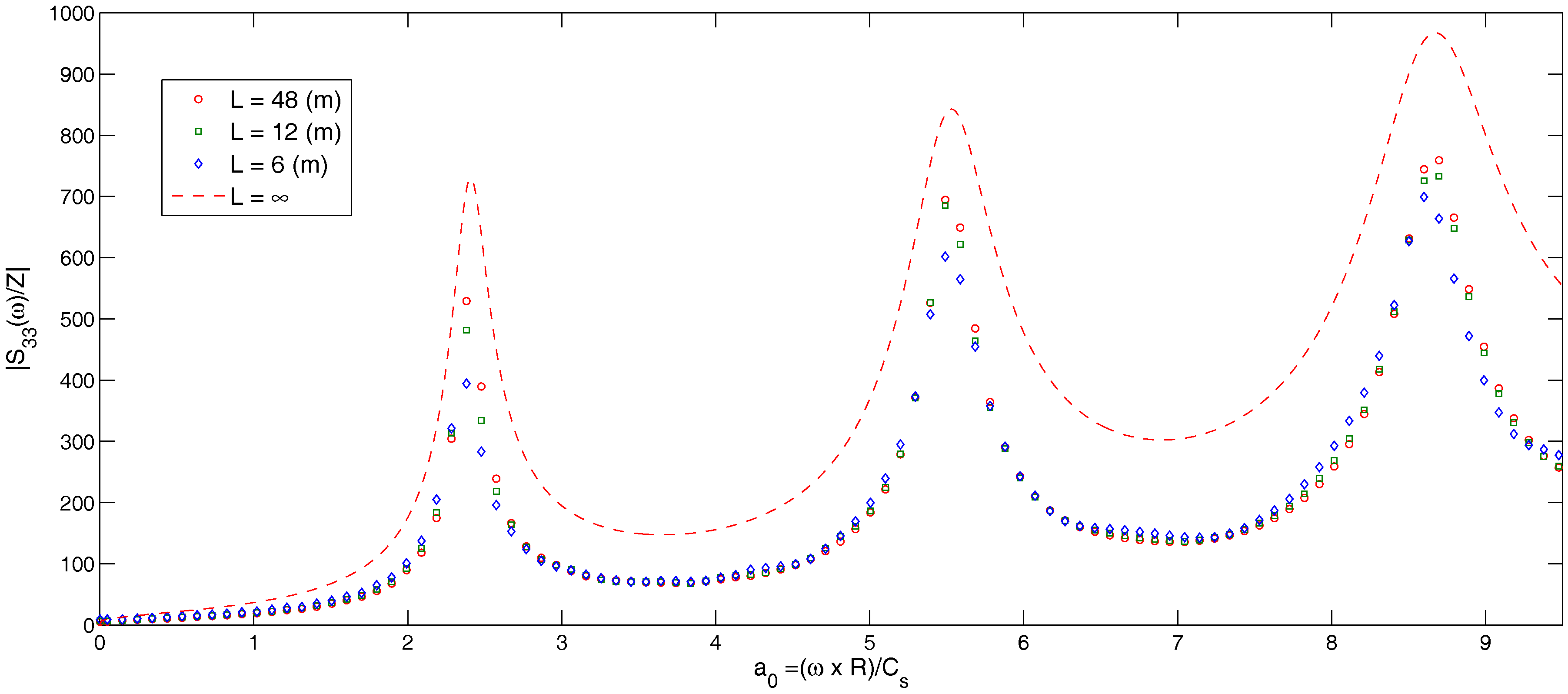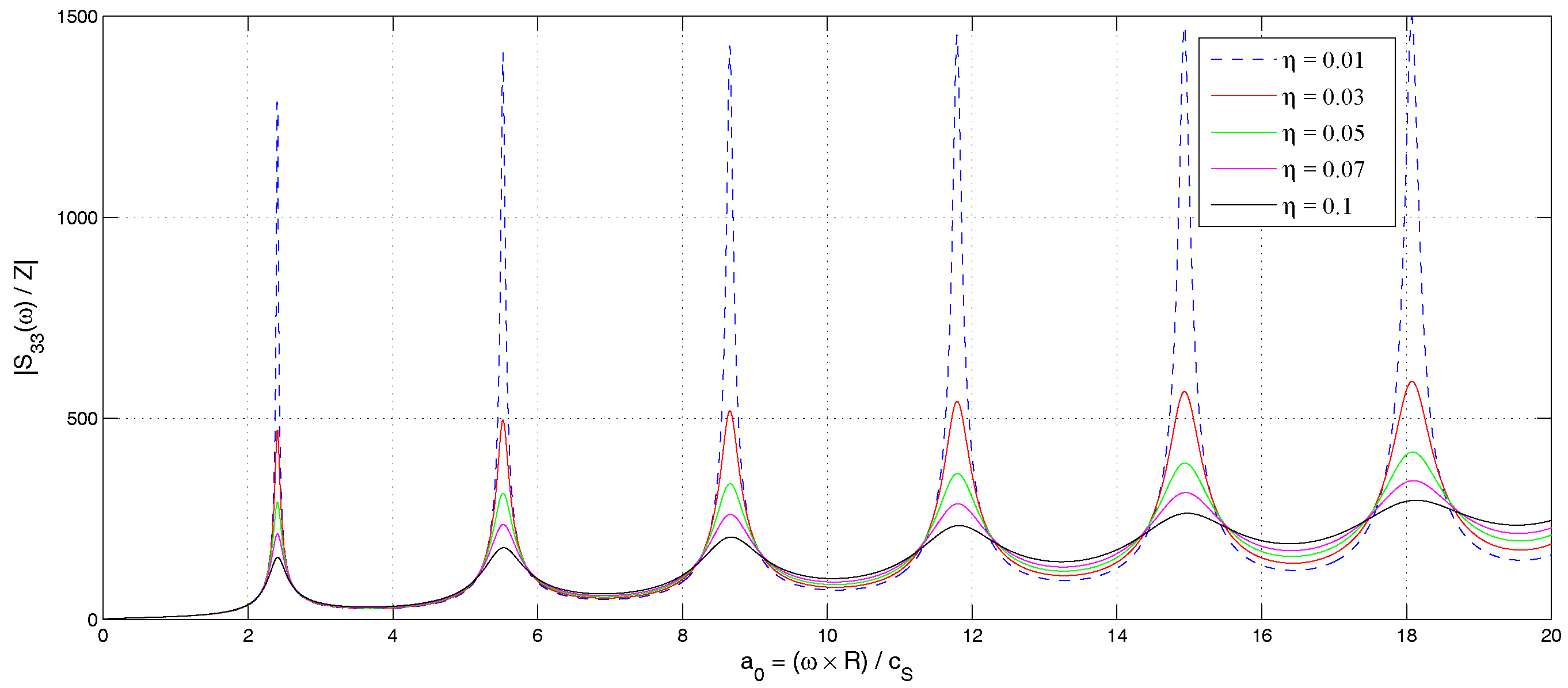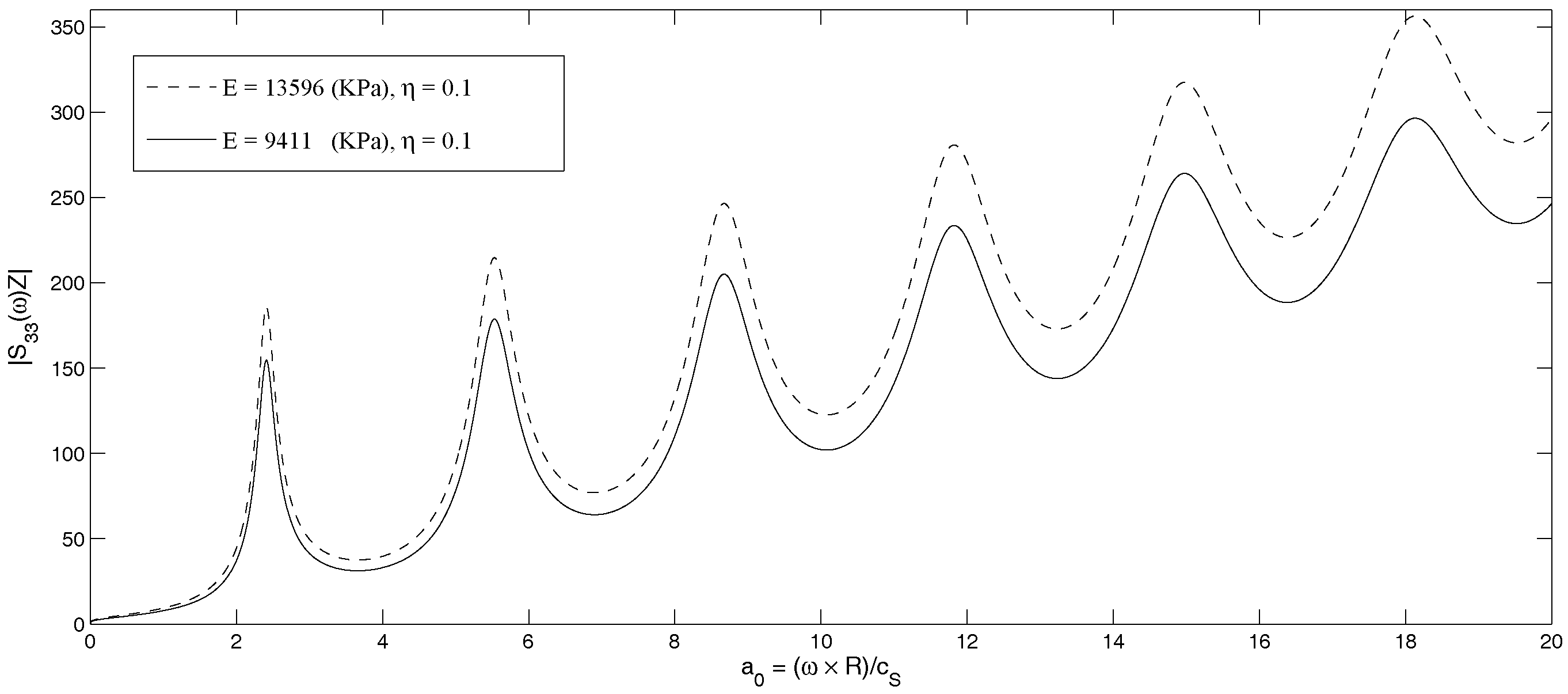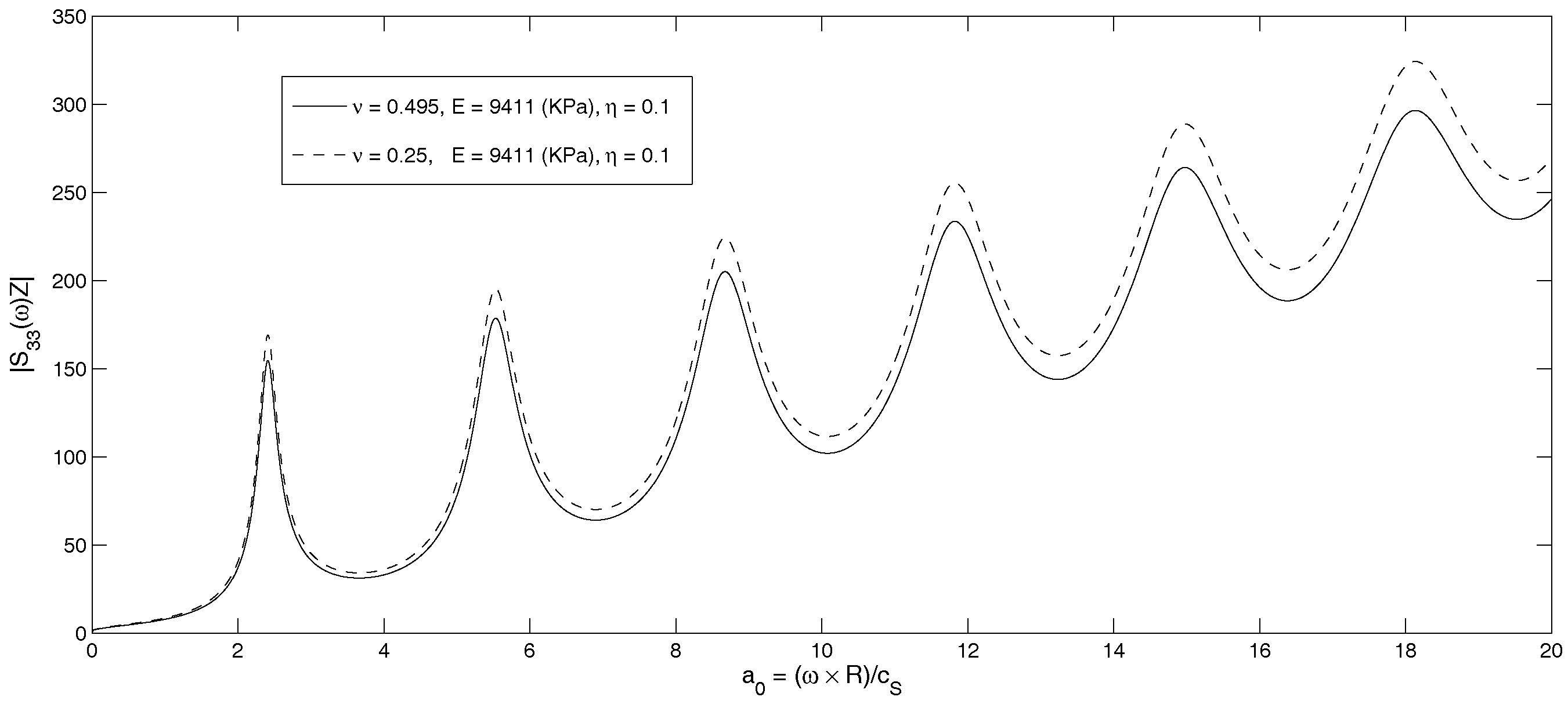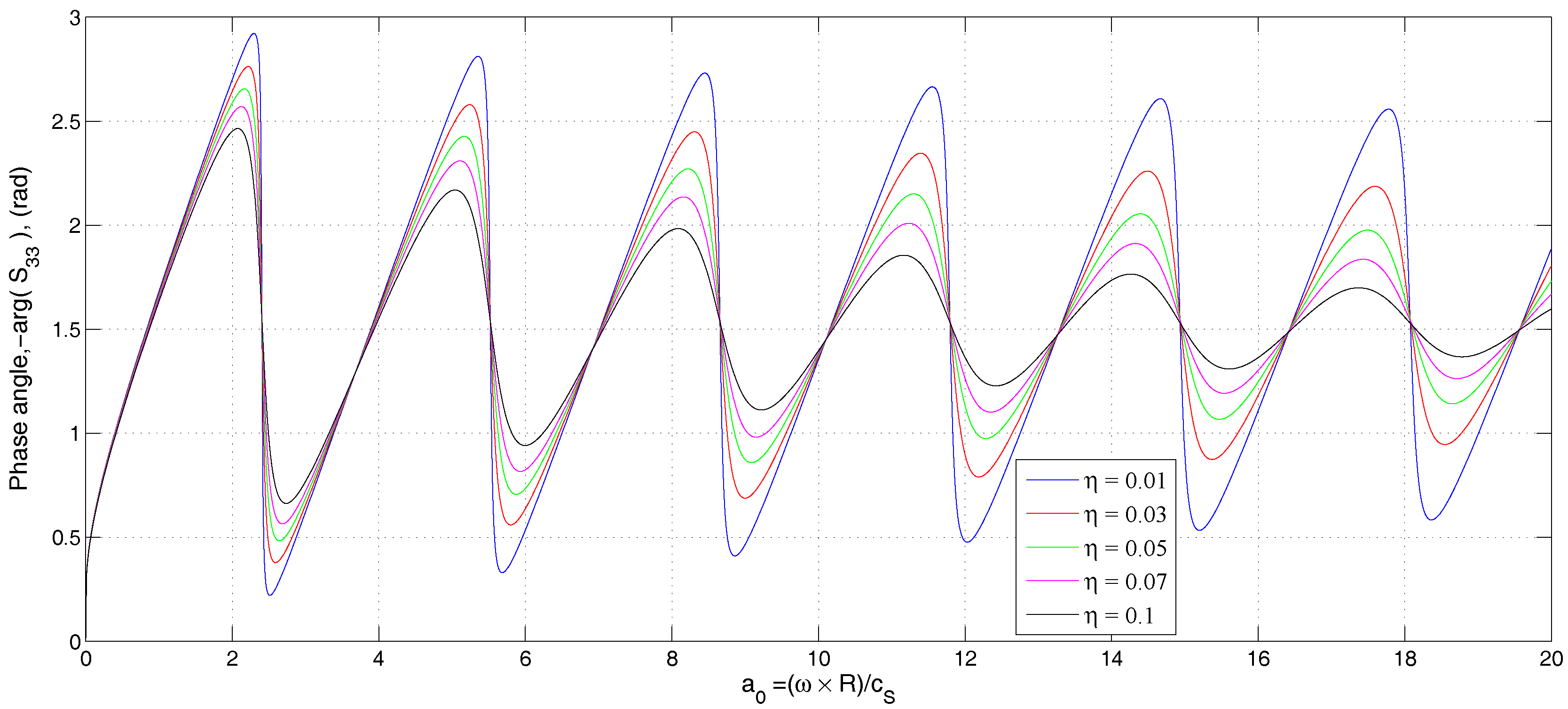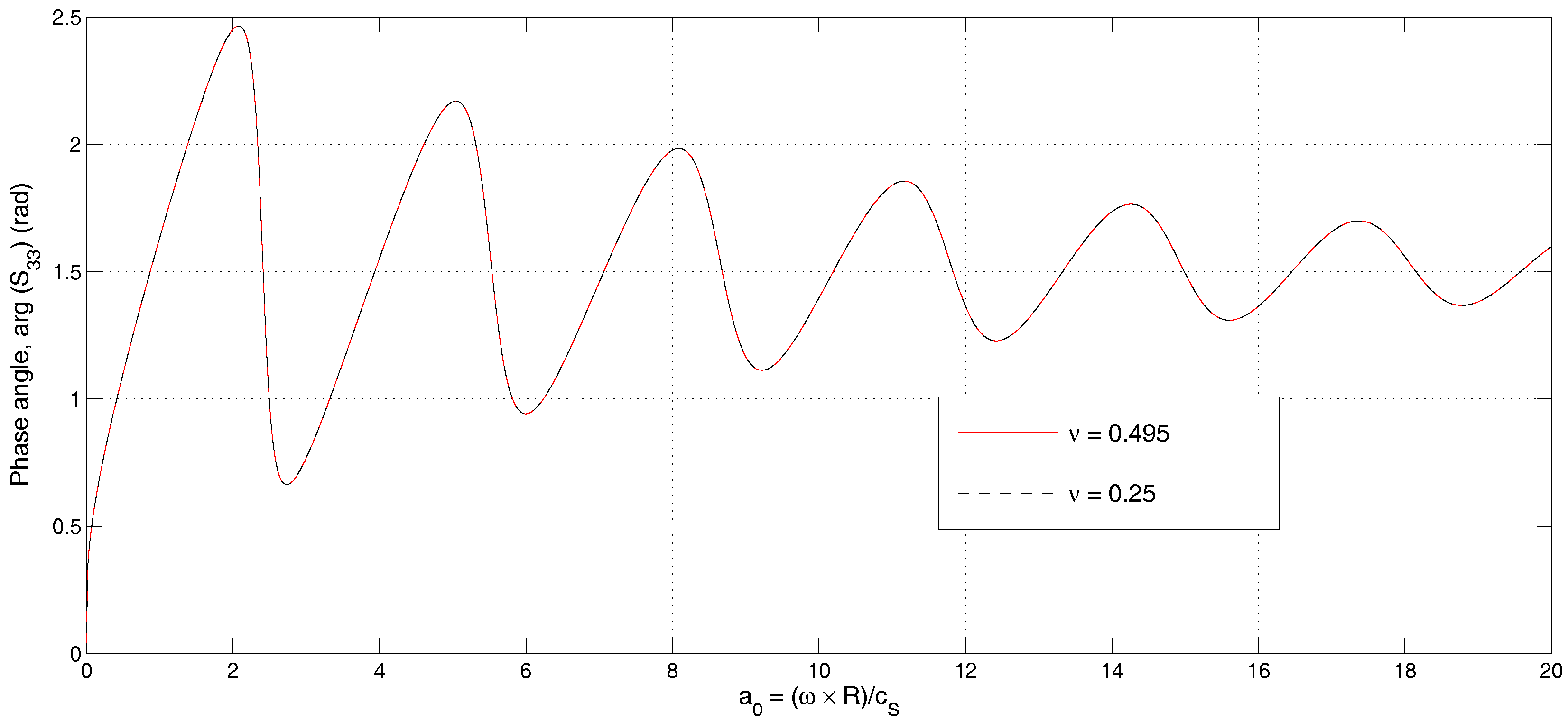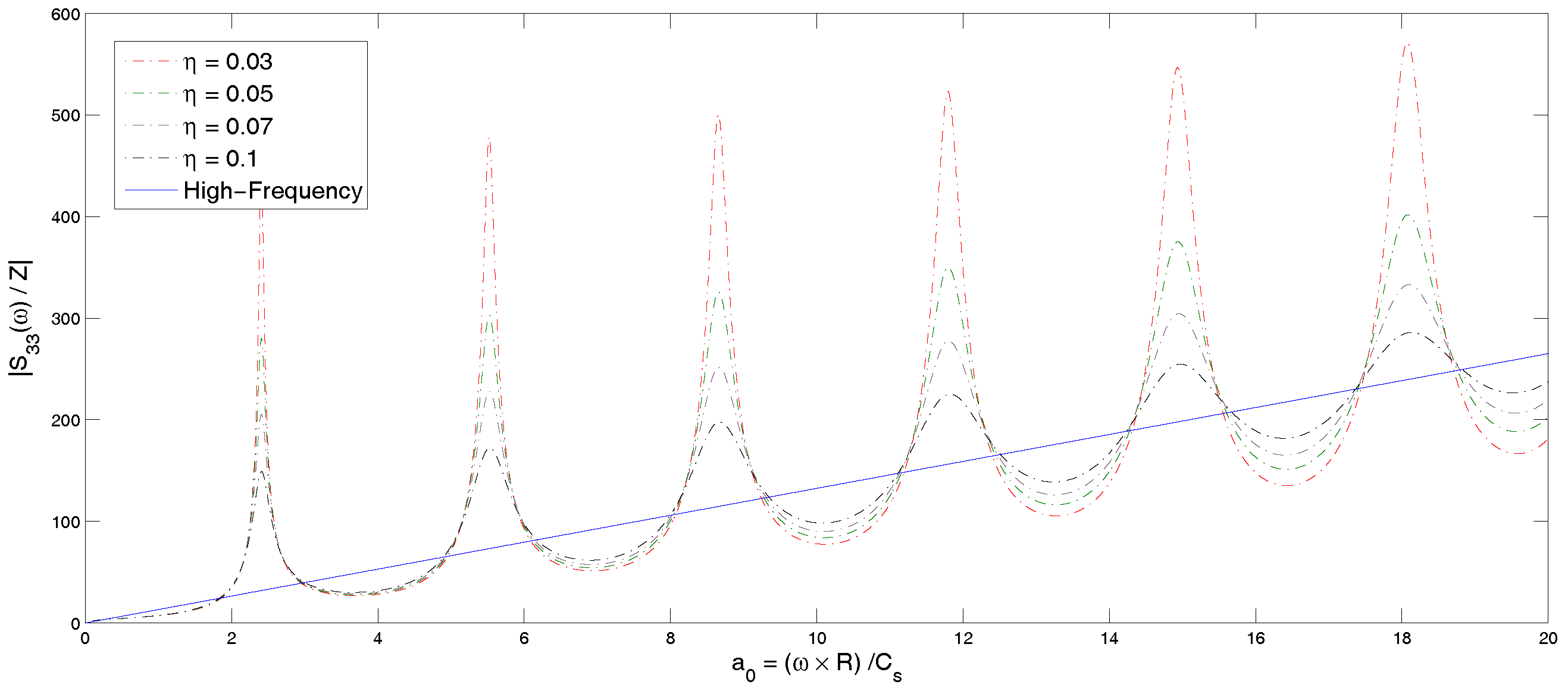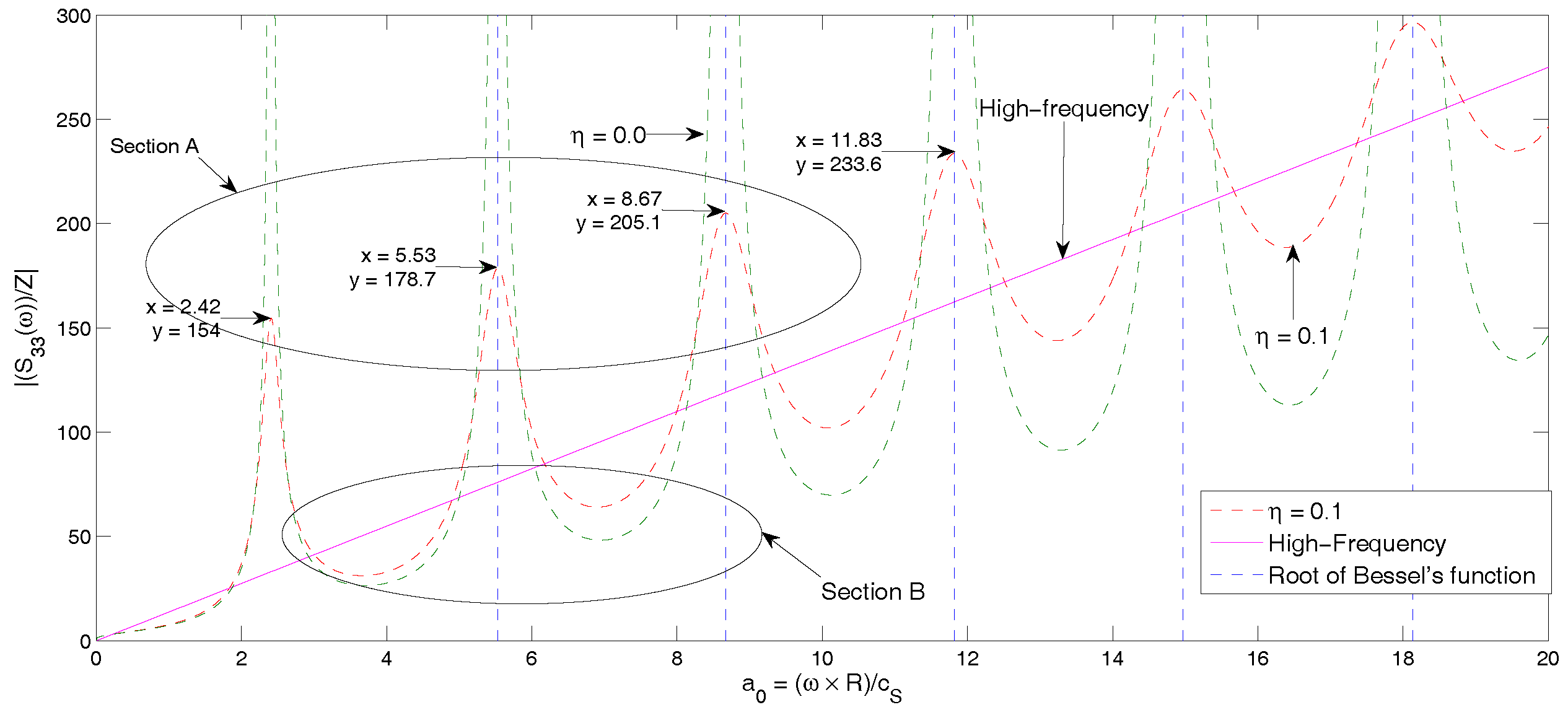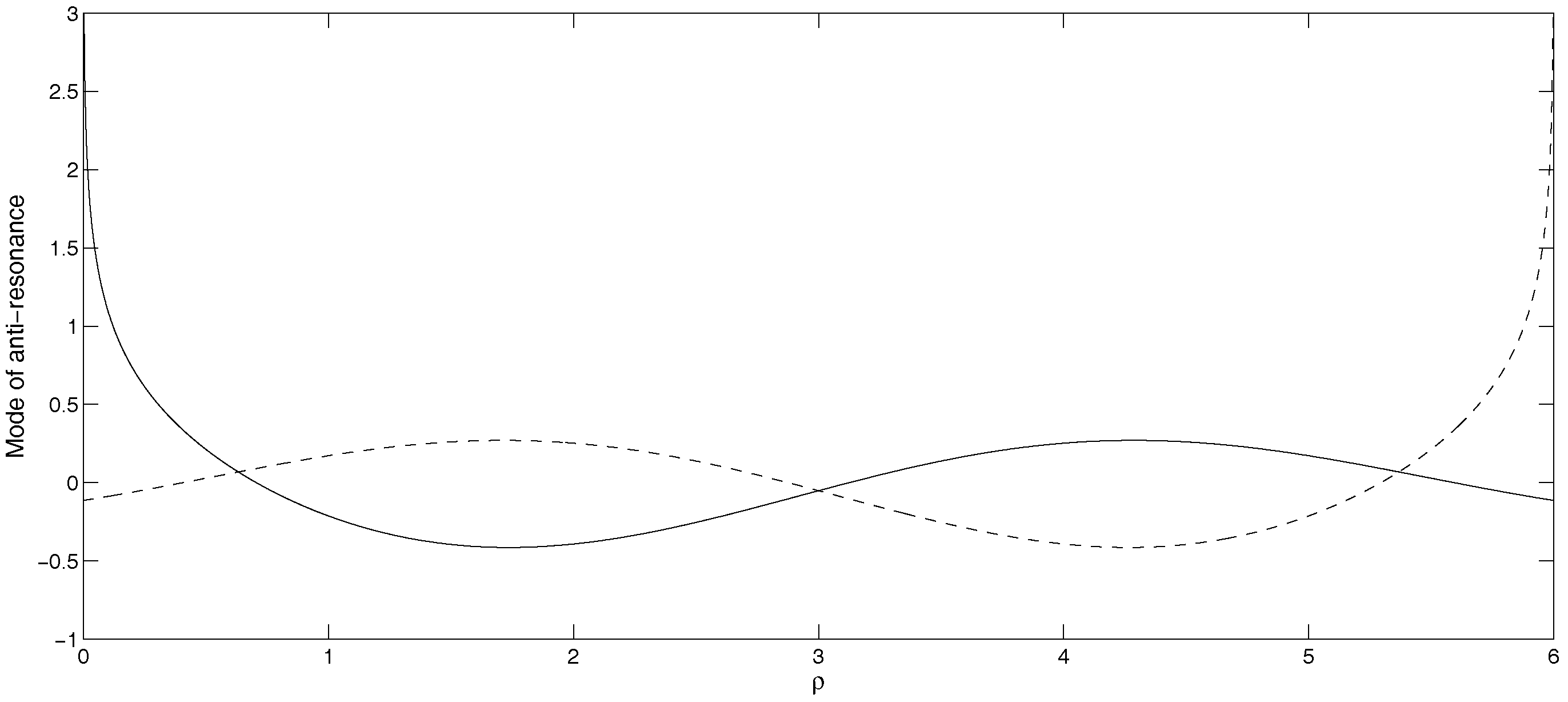1. Introduction
There are more than 7000 offshore structures around the world. Structures to support wind turbines come in various shapes and sizes; the most common are monopile, jacket, tripod, gravity base and floating structures (
Figure 1). There are several kinds of platforms, but a fixed structure in a jacket structure is considered in the present paper. The tendency of large-sized offshore wind turbines has increased during the last 10 years. As wind turbines get larger and are located in deeper water, jacket structures are expected to become more attractive. Generally, a fixed platform is described as consisting two main components; the substructure and the superstructure. Superstructure or “topside” is supported on a deck, which is mounted on the jacket structure. The substructure is either a steel tubular jacket or a prestressed concrete structure.
Support structures for offshore wind turbines are highly dynamic, having to cope with combined wind and hydrodynamic loading and complex dynamic behavior from the wind turbine. The offshore jacket platform is a complex and nonlinear system, which can be excited with harmful vibration by the external loads. It is vital to capture the integrated effect of the total loads. However, the total loading can be significantly less than the sum of the constituent loads. This is because the loads are not coincident and because of the existence of different kinds of damping, such as aerodynamic and soil damping, which damps the motions due to the loads. The axial dynamic stiffness of tubular piles is important for offshore wind turbines supported by jacket structures because, in case of overturning moments on the foundation, jacket structures, which are multi-legged structures, mainly rely on vertical capacity. Due to the fixation in the frame, the piles of a jacket (multi-legged) structure deform in an S-shape, mobilizing at the same time horizontal soil resistance. The overturning moment is then transferred as axial loads to opposing foundation piles. The forces are transferred to the seabed by axial forces in the members. The dynamic stiffness indicates the stability and resonance behavior. In fact, the overall weight of modern wind turbines is minimized, which makes them more flexible and, by corollary, more secretive to low frequency dynamics. On the other side, wave propagation in elastic and viscoelastic medium is a considerable issue specially when the medium is earthquakes. In modern offshore wind turbines, the instabilities or stability occur due to the coupled damping of the upper side of the wind turbine and the lower part of that as the foundation. Most of the failure phenomena are caused by fatigue, while the first natural frequency plays an important role. In this aspect, stiffness has a predominant role to evaluate the first natural frequency. The first estimation for the stiffness of the foundation comes through the analysis of soil-structure interaction (SSI). Applying inaccurate algorithms in the soil-structure media may also occur when two different numerical methods are coupled, e.g., the boundary element method (BEM) and the finite element method (FEM); this problem may become even more serious when coupled algorithms and different physical media are considered simultaneously in the same analysis [
1]. SSI can be analyzed based on two methods, namely substructure and direct methods, which are highlighted by Wolf [
2,
3]. Maheshwari and Khatri [
4] analyzed an SSI for a combined footing and supporting column on soft soil by using an iterative Gauss elimination technique, while the footing was modeled as a beam having finite flexural rigidity. Soares and Mansur [
1] modeled wave propagation in fluid-SSI by using an iterative procedure in BEM based on different kinds of Green functions in order to present the linear and non-linear behavior of elastoplastic regions. Kim et al. [
5] studied the two-dimensional wave propagation in a porous seabed by using BEM based on the integral equation, while the numerical results were validated with an analytical solution. Srisupattarawanit et al. [
6] applied BEM and a computation method to compute nonlinear random finite depth waves in order to be coupled with an elastic structure. Guenfoud et al. [
7] employed Green’s function to solve the integrals resulting from Lamb’s problem in order to study the interaction between soil and structures subjected to a seismic load. Padrón et al. [
8] studied the SSI between nearby pile-supported structures in a viscoelastic half-space by using BEM-FEM in the frequency domain. Genes [
9] applied a parallelized coupled model based on BEM-FEM to analyze the SSI for arbitrarily-shaped, large-scale SSI problems, and the validation was shown. Comprehensive reviews on applying the methods pertaining to SSI have been done by Mahmoudpour et al. [
10] and Wang et al. [
11], respectively.
FEM was employed to solve the equations of motion for a two-phase medium by several researchers ([
12,
13,
14,
15] and the the references therein). The time domain response of a jacket offshore tower with the soil resistance to the pile movement was modeled using
p–
y and
t–
z curves to account for soil nonlinearity and energy dissipation, presented by [
16] by employing an finite element (FE) package to do the parameter study. Andersen and Nielsen [
17] applied FEM with a transmitting boundary element (BE) and presented a solution in the frequency domain of an elastic half-space to a moving force on its surface. The latter model has been coupled with an FE scheme for the analysis of the shielding efficiency of trenches and barriers along a railway track [
18]. Furthermore, a two- and three-dimensional combined FEM and BEM has been carried out for two railway tunnel structures in order to investigate what reliable information can be gained from a two-dimensional model to aid a tunnel design process or an environmental vibration prediction based on “correcting” measured data from another tunnel in similar ground in [
19]. Then, the steps in the FEM and BEM formulations were discussed, as well as the problems with describing material dissipation in the moving frame of reference investigated by [
20]. Andersen et al. [
21] used a numerical method to analyze a nonlinear stochastic
p–
y curve for the calculation of the monopile response. The time-domain results for soil–foundation–structure interaction by considering the dependence of the foundation on the frequency of excitation were presented by Cazzani and Ruge [
22] by using FEM. Furthermore, due to the unbounded nature of a soil medium, the computational size of these methods is very large. For this reason, it is important to establish some simple mathematical models that reduce the computational cost of analysis, as well as increase the accuracy of the results. The FEM requires the discretization of the domain, which has to be simulated as infinite in most SSI problems. This implies a high number of elements, leading to a large and sometimes impracticable processing time. This becomes more viable solving these problems with the BEM, once only the boundary of the domains involved is discretized. This allows reducing the problem dimension, implying less processing time. This advantage is explored in several works [
23,
24] (see the references therein).
BEM provides a powerful numerical tool for the calculation of dynamic structure response in the frequency and time domain. By implementing the boundary integral method, equations of motion and also boundary conditions are discretized only on the boundary. As we know, soil can be modeled as a semi-infinite domain in SSI analysis. The energy radiation into a surrounding medium is modeled correctly, which is very applicable for infinite and semi-infinite domains. By using this method, the problem dimension is reduced by one and by fulfilling the radiation condition, which represents its advantage for unbounded domains. By employing BEM on the stress-strain relation is a differential or integration method [
25]. BEM has the advantages of simplicity to model far field, as the radiation conditions can be satisfied in the analytical fundamental solutions [
26]. Betti’s reciprocal theorem has the advantage of linking the solution of two different problems for the same domain of an elastic body. Once the required Green’s functions are obtained, the BEM is formulated with the help of the numerical interpretation of Somigliana’s identity [
27]. SSI problems can be investigated in a time domain or a frequency domain. Since the effect of wave propagation in infinite soil is well represented through the frequency-dependent dynamic stiffness of the sub-grade, the frequency domain is advantageous [
28].
It may be noted that existing literature on offshore monopile foundations as cited above has been solved experimentally or theoretically based on numerical and analytical methods. To the best of our knowledge, no work has been reported to date that analyzes the jacket foundation as a long hollow cylinder by using an appropriate mathematical approach and employing Green’s function and the integral method. This study attempts to concentrate on this investigation. In this paper, an offshore jacket foundation in an elastic and viscoelastic media is investigated by modeling that as a long tubular pile. The integral method, along with the Betti reciprocal theorem, Somigliana identity and Green’s function, is employed. The vertical loads with low and high frequency are applied on the smooth surface along the entire interface. The effect of material properties, such as Young’s modulus and Poisson’s ratio, on the dynamic stiffness and phase angle are illuminated. This work aims to investigate the effect of some basic factors, such as geometry, damping and frequency, on stiffness, phase velocity and mode of resonance and anti-resonance in the monopile foundation. The singularity of Bessel’s function is investigated. The exact solutions are obtained in the elastic and frequency domain. The modes of resonance and anti-resonance are presented in a series of Bessel functions.
3. Theoretical Formulation and Equilibrium Equations
Somigliana’s identity is the simplest theory based on the dynamic reciprocity theorem and the fundamental solution that is used for wave propagation in elastic media. The three-dimensional frequency-domain of Somigliana’s identity reads:
where:
where
is a coefficient dependent on the position
. In particular, for any interior point within the domain Ω, the constant takes the value
. Actually, the value of
simply corresponds to the part of the point that is included in the domain Ω. Hence,
at an exterior point and
for a point on a smooth part of the boundary Γ. Further, at the apex of a cone or pyramid with the internal solid angle
, the geometry constant is
, and at a wedge point with the internal angle Φ,
. A mathematically-sound proof regarding the values of
for different geometries of the surface is beyond the scope of the present paper. A detailed derivation for a smooth part of a surface can be found in the work by Dominguez [
27]. Finally, in the general case, finding
may be difficult, especially at the intersection of multiple curved surfaces.
By assuming that the displacement field, surface traction and body force in the physical state vary harmonically with the circular frequency
, then:
where
are the components of the displacement field, the surface traction
and
is the load per unit mass in coordinate direction
i. Vector
is the position in space, and
t is the time. Furthermore, based on the Cauchylaw (
), the relation between surface traction and the Cauchy stress tensor is:
.
and are the Green’s functions for the displacements and the surface traction in the frequency domain or, in other words, they are the Fourier transforms of and , respectively. It can be mentioned here that Green’s function for a vector field is a second-order tensor with the components , which provides the response at point and time t in coordinate direction i due to a unit magnitude concentrated force acting at the point and time in coordinate direction l. Hence, whereas the displacement field is a vector field with the components , the corresponding Green’s function is a tensor field with the doubly-indexed components .
3.1. Frequency-Domain Equation of the Motion of the Shear/Secondary Horizontal-Wave
The antiplane shear assumption induces the displacement components
and
, which are identically equal to zero, and partial derivatives with respect to
vanish; only the displacement component
in the direction out of the
-plane exists, and it is constant along the
-direction. In the case of elastodynamics, this corresponds to the propagation of SH-waves in the
-plane. When antiplane shear is considered, only the third component of the displacement field is different from zero. This holds for both the physical field and Green’s function. Hence, Somigliana’s identity simplifies to a scalar integral equation as:
Further, since the surface is smooth along the entire interface, Somigliana’s identity in Equation (
4) for the two domains is reduced to:
where
and
are the displacements in the
-direction along the boundaries
and
, respectively, whereas
and
are the corresponding surface traction. In the derivation of Equations (
5) and (
6), it has been utilized that the surface of the circular cylinder is smooth. The value
for points inside domain
and for points on the pile surface is
; more details are presented by Dominguez [
27]. In order to investigate the continuity conditions in the common boundary between domains
and
, we are interested in calculations regarding the pile surface. Meanwhile, several shortcomings can be highlighted by considering the infinite length of the pile, such as: dynamic stiffness
for an infinite cylinder is greater than that for a finite cylinder (this is illustrated in
Figure 3); the results cover vertical response, while for finite piles transverse and axial responses are included; and finally, for a finite length, some responses are related to P-waves and shear/secondary vertical (SV)-waves in addition to SH-waves.
3.2. Green’s Function
The fundamental solutions for the antiplane displacements are (the details and procedure to obtain the fundamental solution are presented in
Appendix A):
where
is the shear modulus,
represents the modified Bessel function of the second kind and order
m and
is the wavenumber. the relation between wavenumber and phase speed
is:
where
is dependent on the material properties of the porous media, and it is defined as:
where
is the loss factor, and
is the material density. For a homogeneous isotropic linear elastic material, the generalized Hooke’s law forming the relation between stresses,
, and strains,
, simplifies to:
where
and
are the Lame constants,
is the Kronecker delta and
is the dilation. Substituting the fundamental displacements (
) from Equation (
7) into Hook’s law (Equation (
10)) and applying the Cauchy stress law, the fundamental surface shear stresses are obtained:
where
defines the partial derivative of the distance
ϱ between the source and observation points,
and
, in the direction of the outward normal:
Here, is the angle between the distance vector and the normal vector .
3.3. Continuity Conditions
The continuity conditions at the interfaces of the displacements across the interface for the forced displacement with constant amplitude
and in phase along the cylindrical interface,
, provide the result:
The continuity conditions for Equations (
5) and (
6), together with the constant amplitude for the forced displacement, yield a set of linear integral equations:
3.4. Analysis
According to the frequency-domain equation of motion for each domain, inside and outside of the cylinder, the dynamic stiffness can be obtained. Eliminating
from Equations (
14) and (
15), the constant amplitude can be written in terms of the traction on the interface, as follows:
where the mean traction on either side of the interface (
) is:
The general dynamic stiffness (
) per unit surface of the interface related to displacement along the cylinder axis for arbitrary geometry of the infinite cylinder becomes:
where
is the length of the interface Γ, measured in the
-plane. In the presented case, an offshore foundation is considered as an infinite circular cylinder with radius
R that is with
. In order to compute
, the cylindrical polar coordinates
are introduced (
Figure 2), such that:
In these coordinates, the boundary Γ is defined by , , .
In particular, when an observation point
with the plane coordinates
is considered (
Figure 2), the distance
ϱ between the source and observation point becomes:
Making use of the fact that
, Equation (
16) may then be evaluated as:
Here, is the Bessel function of the first kind and order zero. It is noted that for . Hence, for . Furthermore, has a number of zeros for and . At the corresponding frequencies, becomes singular.
3.5. Reference Solution by Coupled Boundary Element Method/Finite Element Method
By considering Somigliana’s identity presented in Equation (
1) and assuming that no forces are applied in the interior of the domain, Somigliana’s identity is evaluated by the discrimination of the displacement (
) and traction (
) fields into the nodal values and interpolation by local shape functions
at the nodes of BE
j over space as:
Substituting Equation (
22) into Equation (
1) presents the system of equations for a BE domain as:
On the other side, the FEM, the equation of motions can be written as:
where
,
and
are the mass, hysteretic damping and stiffness matrices, respectively, while the hysteretic material damping is
.
and
are the nodal displacements and forces, respectively, which represent the coupling between FE and BE regions. This entails that each BE domain can be transformed into macro FE, as shown in
Figure 4. Here,
in
Figure 4 is a transform matrix, which is frequency independent, expressing the relationship between the nodal forces in the FE domain and surface traction in the BE domain. Quadratic shape functions by using Green’s functions as weight functions and as shape functions in a standard Galerkin FEM scheme were employed by Andersen and Jones [
29]. More information is in [
29]. The three-dimensional coupled BE/FE has been implemented in the computer code BEASTS [
30].
For the verification of the results of the present study, the results from the BEASTS program created by Andersen and Jones [
29] to estimate the dynamic stiffness of a simple model of an offshore wind turbine with different lengths were considered. A graph of the dynamic stiffness against non-dimensional frequency is given in
Figure 5 having the material properties as:
, density
= 2000
, Poisson’s ratio
, loss factor
and also
R = 3.0 m. As shown in
Figure 5, the results for the dimensionless stiffness of this study are very well comparable with those of Andersen et al. [
31]. As expected, by increasing the length of the pile in BEASTS, the results converge to those in a pile with infinite length. The radius is considered three (m), and then, different lengths of pile are considered, which are multiples of the radius, the main reason being to have a large value of length with respect to radius. The same pattern can be seen in
Figure 5 and the presented results in [
31]. It can be noted that the same kind of phenomenon is investigated (in
Figure 5 and [
31]); only one type of wave is involved. The results in
Figure 5 show more or less the same overall trend; the stiffness is going to increase and then decrease, and this pattern is going to repeat by varying the normalized frequency (the same as
Figure 5 in [
31]). The results quantify the finite pile with the infinite pile.

